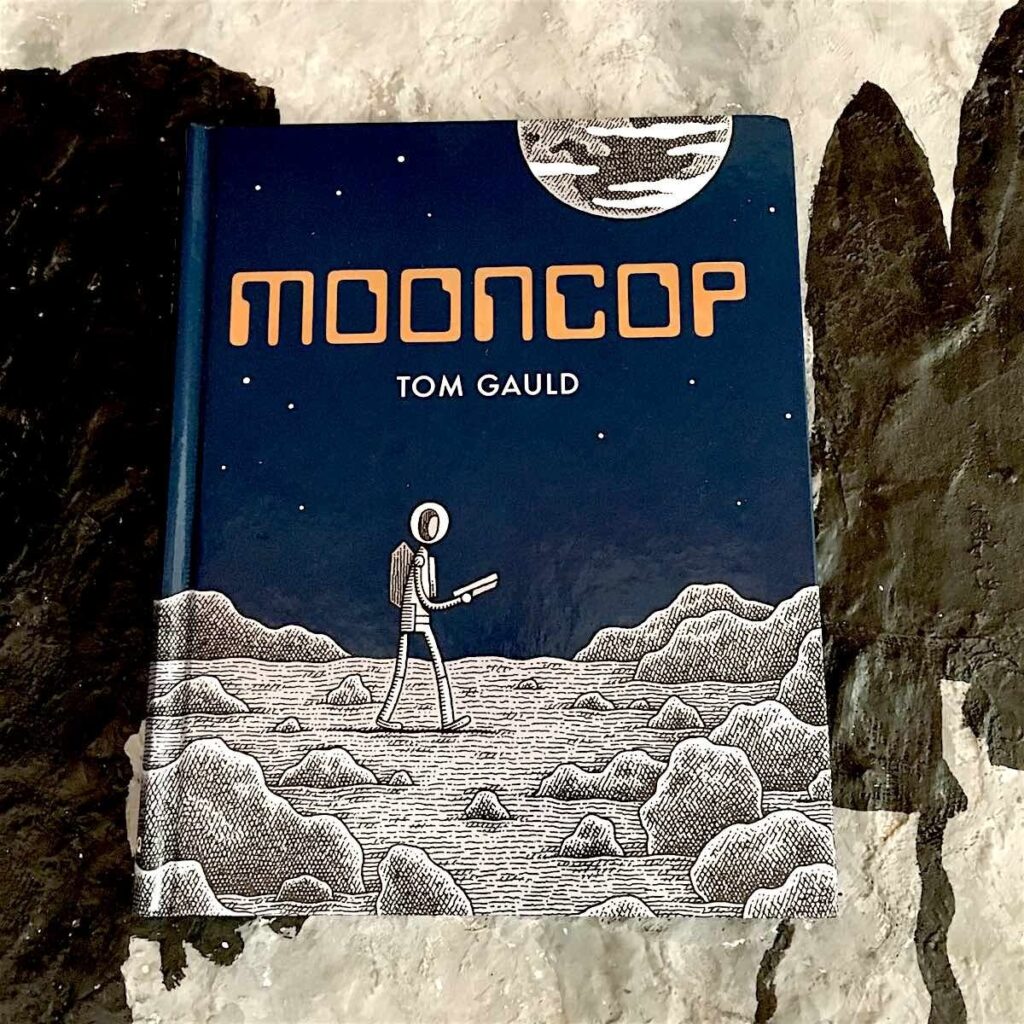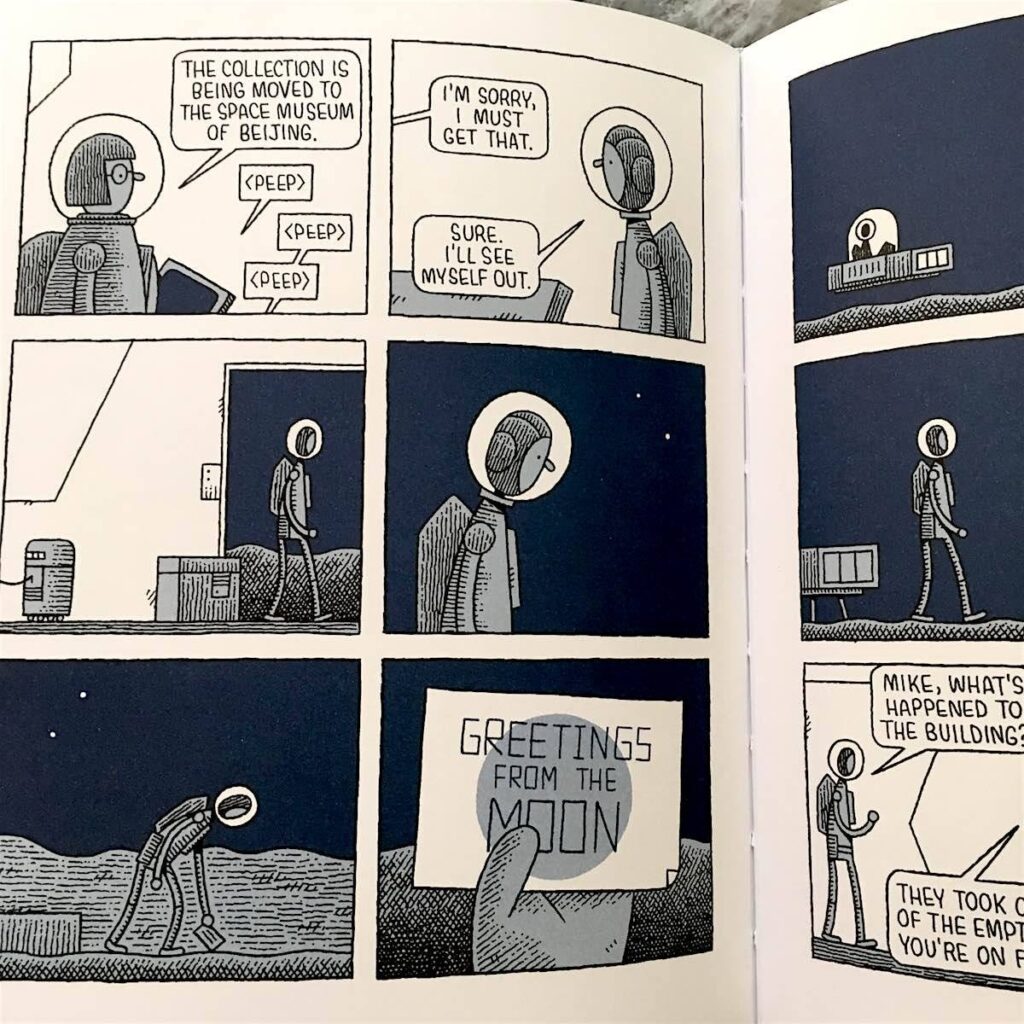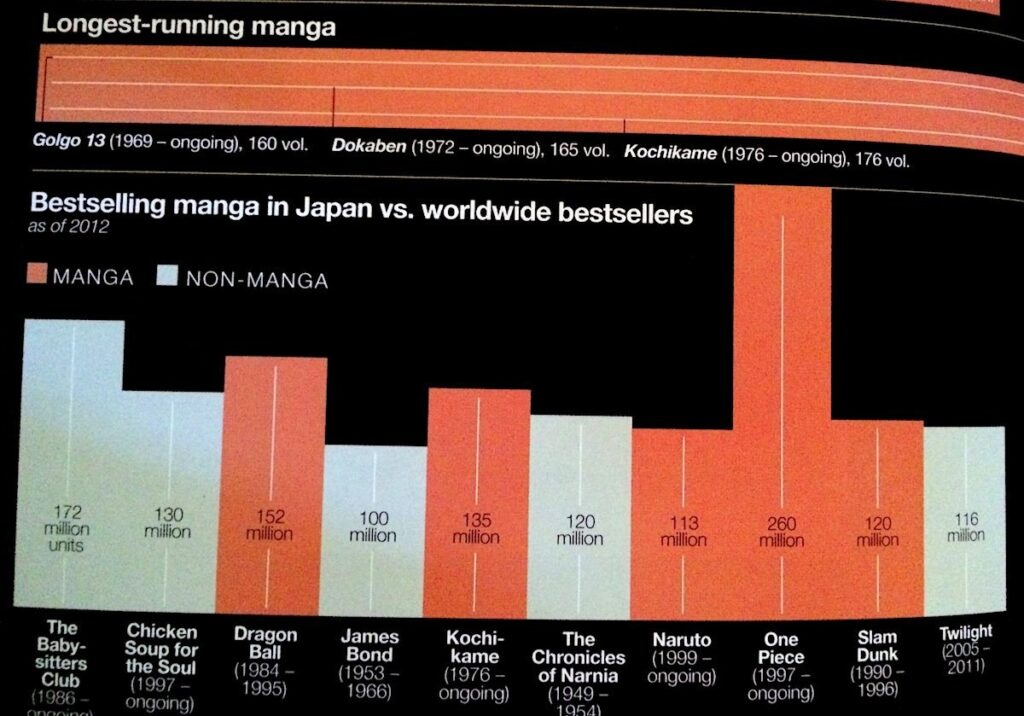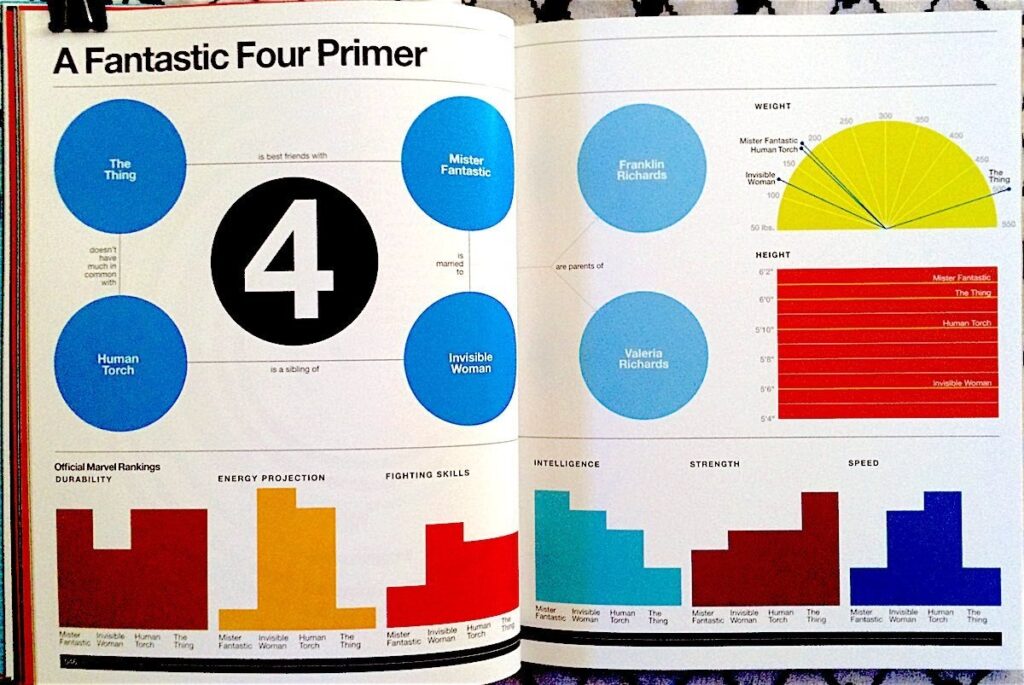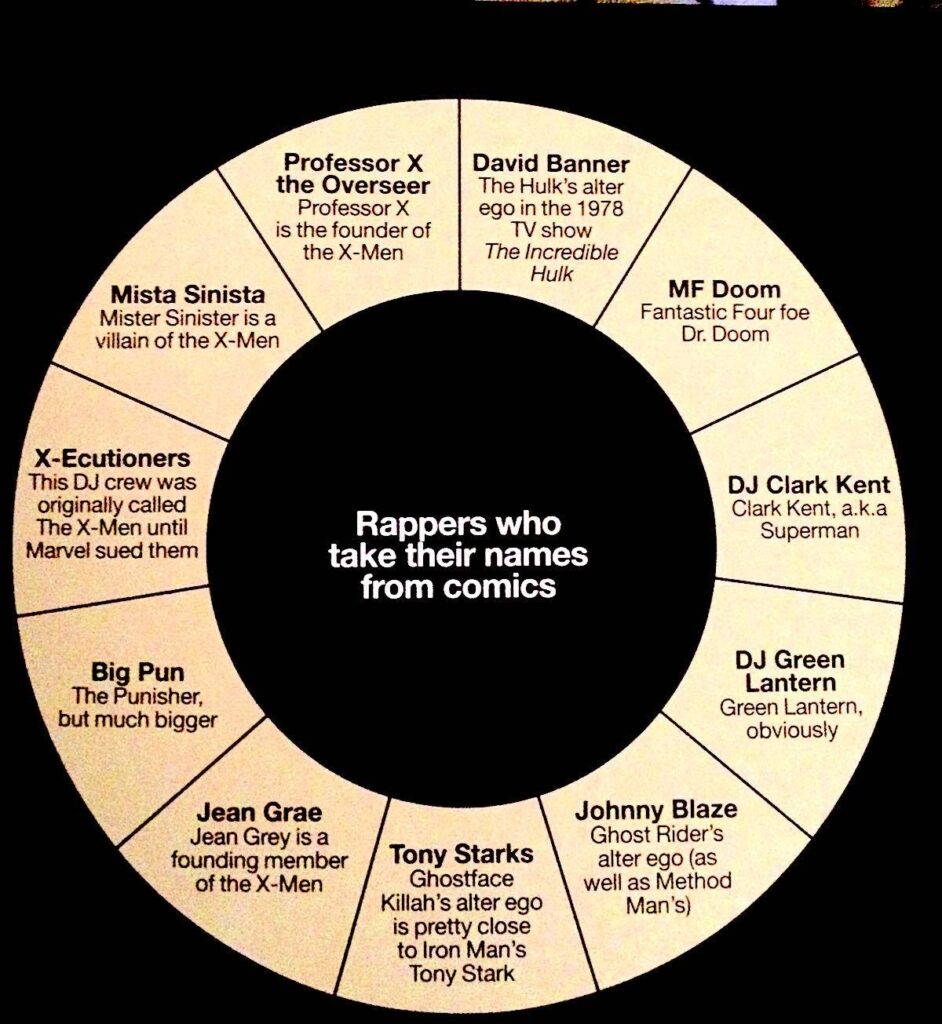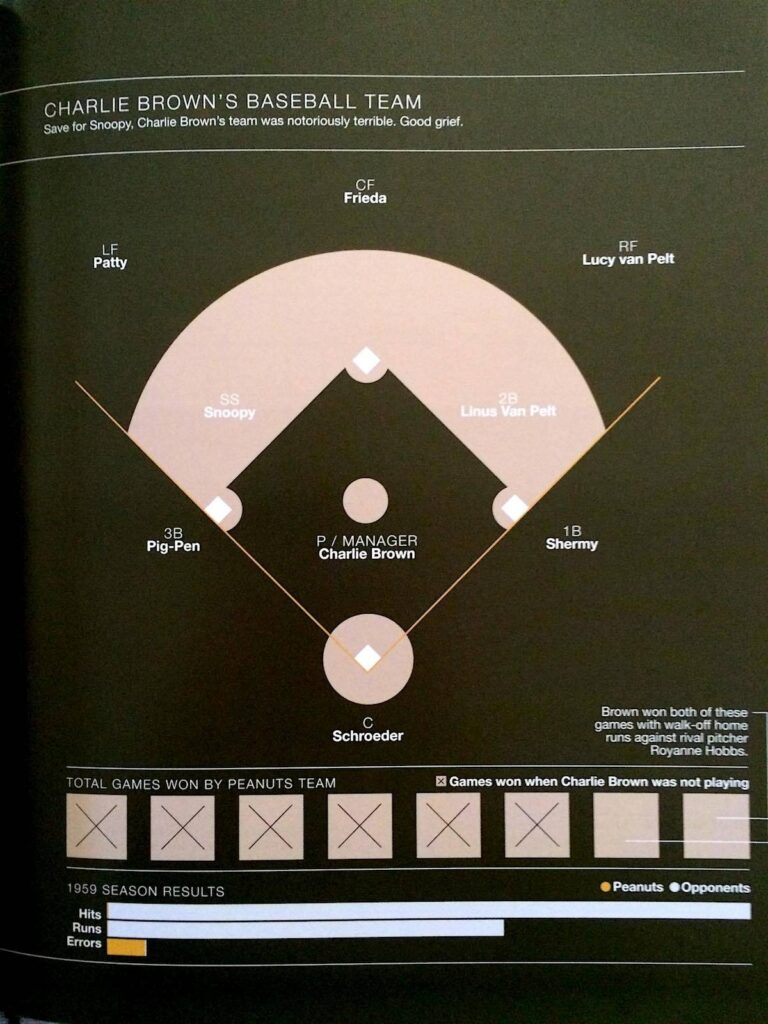In Search of the Best Battery-Powered Nailer
Gar's Tips & Tools - Issue #149
Gar’s Tips, Tools, and Shop Tales is published by Cool Tools Lab. To receive the newsletter a week early, sign up here.
- Send me a tip or tool recommendation.
- Tell me a shop tale.
- Buy my books (Tips and Tales from the Workshop Vol. 1, Vol. 2).
- Advertise your product, service, newsletter, app, book, tool, or anything you’d like to share with GT&T readers.
In Search of the Best Battery-Powered Nailer
Todd at Project Farm did a series of tests to try and determine the best battery-powered framing nailer on the market. The brands he tested were from Milwaukee, Paslode, DeWalt, Ridgid, Craftsman, and Metabo HPT. The nailers were compared for weight, noise, closeness to object for 90 degree nail drive, nailer speed (seconds to drive 25 nails), performance on composite material (depth of nail), and framing nailer tip grip. And the envelope please… the best nailer in the lot was the Milwaukee M18 FUEL nailer, currently available for $289 (w/o battery) on Amazon.
Creating a Simple Shop Vac Manifold to Triple Dust Collection Locations
In this Stumpy Nubs video, James shows how, in about an hour, using some scraps of wood, you can create a manifold for your shop vac that splits the vacuum input hose to service three different workshop machines.
Toys! Cheap Wireless Headphones
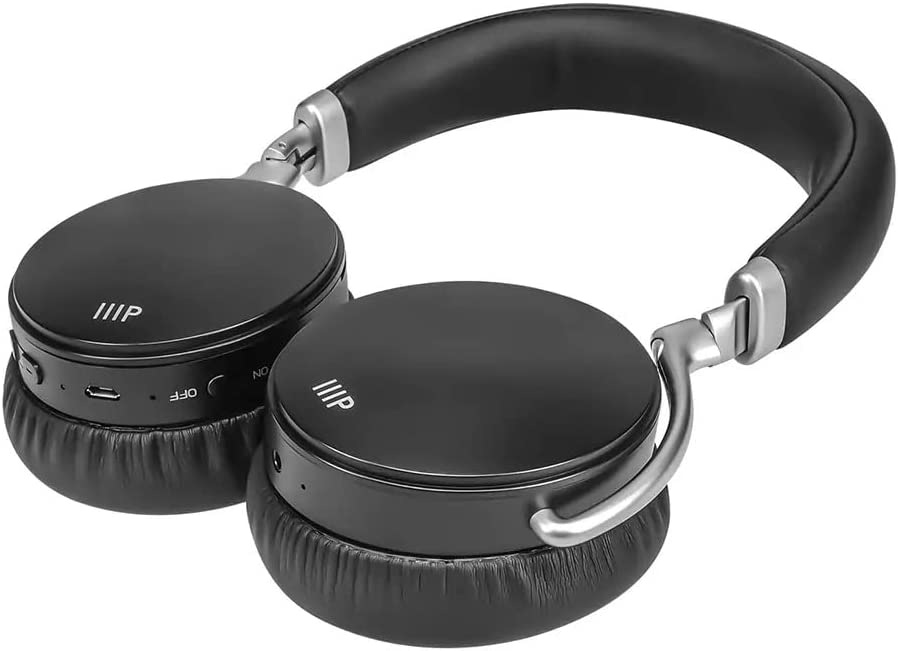
When Monoprice contacted me to see if I wanted to review their Bluetooth Headphones with Active Noise Cancelling, I said sure. I was already perfectly happy with my wireless ($120) Sony phones I’d had for the years, but I thought I’d give these a try. Sony phones? What Sony phones? Ever since I put these on, they’ve been my go-to headphones. I love the fit, the multi-day battery life, and the fact that they stay paired with my computer. With the Sony’s, I was having to charge them too often and frequently had to re-pair them (an annoyance I hate). For sound quality, honestly, the Sony phones are markedly better, but I mainly watch YouTube maker videos all day, so the sound is perfectly adequate for that. The noise cancelling is so-so, only cancelling out low, droning background noise — about what you might expect in low-priced wireless phones. At under $50, this is a very decent and reliable addition to my daily toolset.
Tips Busters: Creating Solar Panels from Old CDs? BUSTED!
Spoiler alert: Of course not!
You may seen videos go viral, with tens of millions of views, that apparently show people creating photovoltaic solar arrays by simply wiring copper coils around grids of old compact discs (or even just adhering aluminum foil strips across them). Hey, they look all shiny metallic and solar-y, so they should be able to generate power, right? Wrong! As Robert Murray-Smith points out, this is all obvious nonsense, and he explains why. For starters, CDs are covered with a layer of lacquer, so all you’re doing is winding wires or attaching aluminum foil onto plastic. And that’s just silly.
Understanding Code Libraries in Arduino Programming
As Becky Stern says in the introduction to her latest With Becky Stern video for Digi-Key: “One of the Arduino community’s superpowers is code libraries, bundles of specialized programming that allow you to leverage complex computing tools using simple commands.” You can use these add-on libraries in your Arduino code to do things like control strips of LEDs, read sensors, and create sounds. There are thousands of user-created libraries out there on the innernets. In this video, Becky explains more about ‘Duino libraries, shows how to install them, and demonstrates some of the things they can do with them, in this case, using a strip of NeoPixel LEDs as an example.
Shop Talk
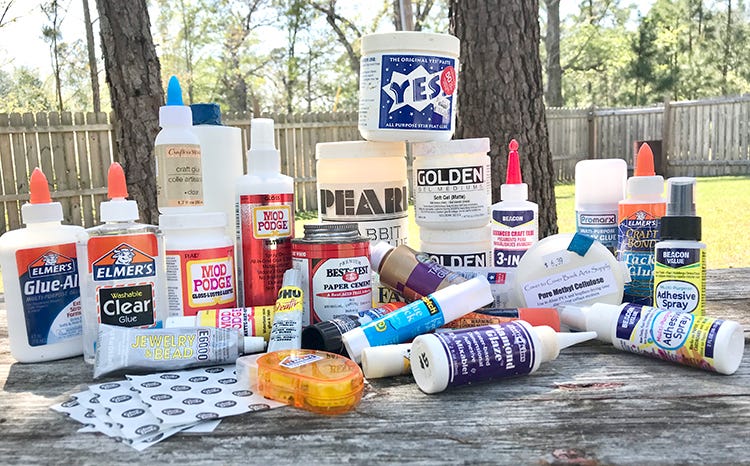
Reader (and artist) Annie Loel Barr responding to my last newsletter’s inclusion of a video on different glues to use for paper art:
”Good stuff as usual, Gareth. I really enjoy your newsletters. I have to say, though, I was disappointed in the video about adhesives; he said nothing about the archival qualities of any of the adhesives, which, if you are an artist planning for your work to hang around for a while, is pretty important. He also didn’t mention how rubber cement eats into the paper, yellows it, and doesn’t stick for very long. It’s a temporary glue mainly for paste up projects. You can get archival PVA glues and archival glue sticks and I think they’re worthy of mention. He also doesn’t cover bookbinder glue like Yes!, or the wonderful archival adhesive, heavy gel Medium. Or epoxy. I just think he left out a lot and it might be good to have another video that is a little more inclusive…?”
Annie basically caught me being lazy. I watched the glue video, liked a few info-bits in it, but ultimately knew it was weak — a 101 for beginners, at best. But I wanted to have enough content to send the issue, and because I thought it might have use to some, I included it. In the future, I’ll try to stick with my gut and not include things that I don’t feel meet the standards I’m trying to maintain here. From now on, if a newsletter is short an entry or two, I’ll just send it anyway. Real stuff, no fluff.
03/2/23





